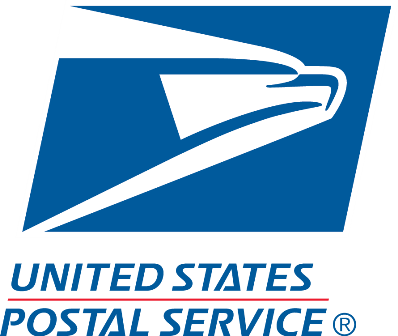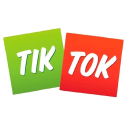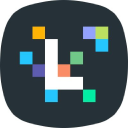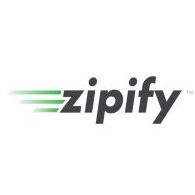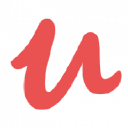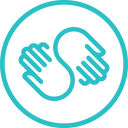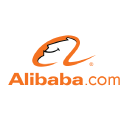How We Created A $10K/Month Modular Customizable Bong
Hello! Who are you and what business did you start?
Hey guys, I’m Gordon Loi the founder of VITAE Glass, a modular bong company that allows you to build and customize your unique bongs. You can think of us as the LEGO of bongs, with interchangeable pieces and endless combination possibilities. The majority of bongs have mostly been large, single pieces of glass that were fragile and difficult to clean. We took this age-old design and re-engineered it to be modular, so that it’s now easier to clean, transport and be replaceable if you ever break apart.
We launched on April 20 of 2019 and currently serve the growing legal cannabis market in the US and Canada. We have seen demand from all around the world so we’re aiming to have distribution centers in Europe and Australia within the coming 5 years.
Fun fact about our company. Ever since we officially launched, we have been doing everything remotely. Martin, our co-founder is in San Francisco and me in Hong Kong. Due to some unfortunate immigration issues right before the launch, I was denied entry into the U.S. and have been stuck abroad ever since. I had 2 choices at the time. One was to throw in the towel and start something new given my current...

Download the report and join our email newsletter packed with business ideas and money-making opportunities, backed by real-life case studies.

Download the report and join our email newsletter packed with business ideas and money-making opportunities, backed by real-life case studies.

Download the report and join our email newsletter packed with business ideas and money-making opportunities, backed by real-life case studies.

Download the report and join our email newsletter packed with business ideas and money-making opportunities, backed by real-life case studies.

Download the report and join our email newsletter packed with business ideas and money-making opportunities, backed by real-life case studies.

Download the report and join our email newsletter packed with business ideas and money-making opportunities, backed by real-life case studies.

Download the report and join our email newsletter packed with business ideas and money-making opportunities, backed by real-life case studies.

Download the report and join our email newsletter packed with business ideas and money-making opportunities, backed by real-life case studies.




